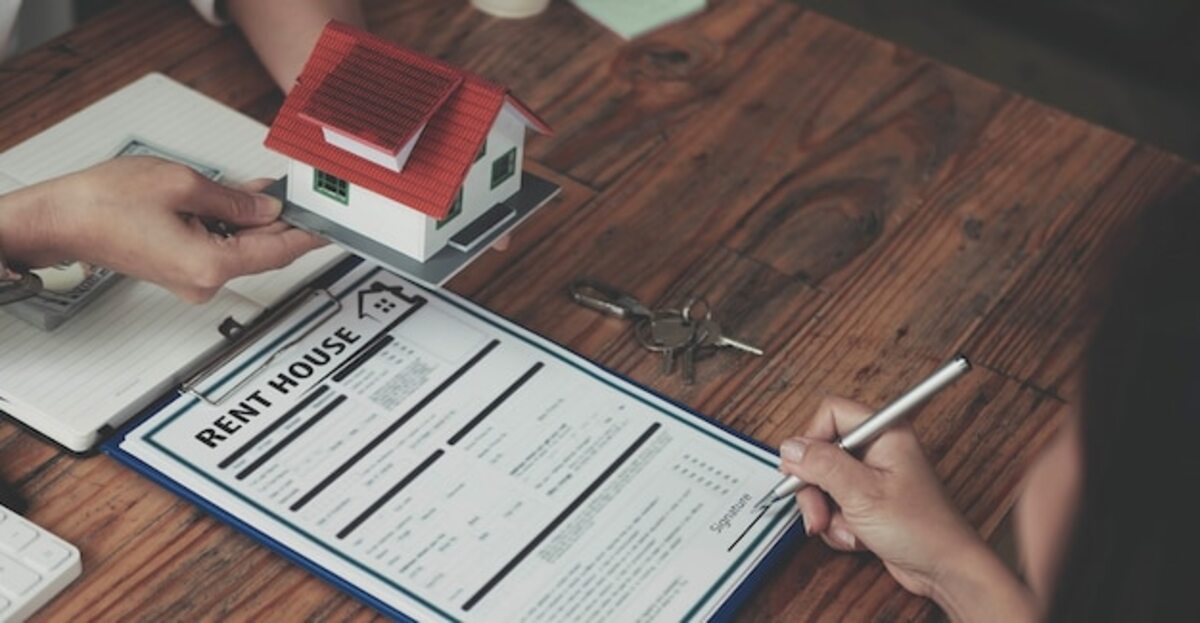Aspects to consider about the inventory in your rental.

The inventory in your rental is a crucial aspect that you should not overlook. A detailed and accurate inventory can save you numerous problems and conflicts with your landlord or tenant. Be sure to take into account all the items, their condition, and any relevant details. In this guide, we will present the key aspects for managing the inventory effectively, which will allow you to rent without unpleasant surprises and ensure a smooth and satisfactory experience for both parties.
What is an inventory and why is it important?
An inventory is a detailed record of all the items, furniture, and features present in a rental property. This document not only includes a list of the items but also their condition and any existing damage at the time of the property's handover. A well-prepared inventory serves as a reference for both the landlord and the tenant, allowing both parties to have clarity about what is in the property and preventing future misunderstandings. By conducting a meticulous inventory, a clear framework is established that can be crucial in case of disputes over security deposits or damages at the end of the lease. The importance of having an inventory lies in its preventive role against potential conflicts. Without this document, discussions about the condition of the property at the end of the rental can turn into complicated and stressful situations. The inventory acts as a legal tool that protects both the owner and the tenant, as it documents the initial conditions of the place and provides tangible evidence in case of disagreements. In summary, an appropriate inventory not only facilitates clear communication between the parties involved but also contributes to a more positive and harmonious rental experience.
2. Essential elements that must be included in the inventory
When conducting an inventory for your rental, it is essential to include a series of key elements that accurately reflect the condition of the property and its furnishings. Start by documenting all the rooms, specifying the furniture and appliances present in each space. For example, in the kitchen, you should detail the stove, refrigerator, and any other appliances that are part of the lease. Also, be sure to mention kitchen utensils and other items that may be relevant to ensure that both parties are aligned on what is included in the rental.
In addition to furniture and appliances, it is crucial to document the condition of the walls, floors, and ceilings. Any scratches, stains, or wear should be noted and photographed to avoid future misunderstandings. It is advisable to include details such as the type of paint or finish in each area. It is also helpful to indicate the condition of the windows and doors, as these elements can impact the energy efficiency of the home. A thorough inventory not only protects your interests as a homeowner or tenant but also fosters a more transparent relationship based on trust between both parties.
3. How to properly document the condition of the property
Documenting the condition of the property properly is essential to avoid misunderstandings and future disputes. To do this, it is advisable to conduct a thorough walkthrough of each room, noting the condition of the furniture, appliances, walls, and any other elements present in the home. Use a checklist that includes details such as stains, scratches, or any visible damage. Additionally, taking photographs or recording videos can serve as visual proof of the property's initial condition at the time of signing the contract. This record not only provides clarity to the landlord and the tenant but also establishes a reference point for future assessments.
It is important for both parties to participate in the documentation process to ensure that all details are agreed upon and accepted. At the end of the inventory, it is advisable to sign a document that reflects the consensus on the current conditions of the property. This way, the possibilities of conflict at the end of the contract are minimized. Remember to keep both digital and physical copies of the completed inventory, as these may be required in case of disputes or claims regarding damages. With this simple yet effective practice, you can maintain proper control and enjoy a more harmonious relationship with your landlord or tenant.
4. The importance of photos in the inventory process
The importance of photos in the inventory process lies in their ability to provide a clear and objective visual representation of each item included in the property. By taking detailed photographs of both the furniture and the general condition of the home, a record is created that can be invaluable in case of disputes or misunderstandings between landlord and tenant. These images serve as tangible proof of the initial state of the property, helping to avoid conflicts over damages that may arise during the rental period. Furthermore, having visual backing facilitates communication, as both parties can refer to the same evidence.
Another crucial aspect is that photos allow for documenting not only visible elements but also details that might be overlooked during a superficial review. By capturing images of specific areas, such as stains on carpets or scratches on furniture, it ensures that any pre-existing damage is recognized and accepted before signing the contract. This not only protects the owners by ensuring they will not assume responsibility for prior damages but also provides peace of mind to tenants by knowing exactly what conditions are expected at the end of the rental. In summary, including photographs in the inventory is an essential practice to facilitate a transparent and fair process for both parties involved.
5. When to conduct the inventory: before, during, or after the rental?
When it comes to conducting the inventory in a rental, it is essential to choose the right moment to carry out this process. The most advisable option is to do it before the rental contract is signed. This allows for a clear starting point regarding the condition of the property and its elements. By documenting everything from the beginning, both landlords and tenants have an objective reference that can prevent future misunderstandings. A prior inventory also provides the opportunity to discuss any concerns or discrepancies before both parties make contractual commitments. However, it is not only important to conduct the inventory at the start of the rental; it should also be considered for updates during the duration of the contract. If significant changes occur in the property, such as repairs or replacements, it is crucial to record these details to maintain an accurate history of the condition of the property. Finally, conducting an inventory at the end of the rental period is essential to assess any damage or wear that may have occurred during the occupancy. This final step ensures that both parties are aligned and facilitates the return of the security deposit if everything is in order.
6. Tips for negotiating inventory with your landlord/tenant
Negotiating the inventory with your landlord or tenant is a crucial step to ensure that both parties are on the same page from the beginning of the lease agreement. Before signing any documents, it is advisable to conduct a joint review of the proposed inventory. Make sure that all items are listed and that their condition is accurate. If possible, take photographs or videos that document the current conditions of the items and spaces, which will serve as evidence in case of future disputes. This transparency not only fosters trust between both parties but also minimizes misunderstandings throughout the rental period.
It is also crucial to clearly establish the responsibilities for the maintenance and repair of the inventory. Discussing who will be responsible for covering costs in case of damage or inevitable deterioration can prevent tensions later on. Include specific clauses in the contract that detail the obligations of both the landlord and the tenant regarding the use and care of the inventory. Having a clear written agreement protects both parties and facilitates the resolution of any issues that may arise during the rental period.
7. What to do if there are discrepancies in the inventory at the end of the contract
At the end of a rental contract, it is common for discrepancies in the inventory to arise, which can create tensions between the landlord and tenant. If differences regarding the condition of items or elements that were not recorded in the initial inventory are found during the final inspection, it is crucial to address the situation calmly and professionally. First, thoroughly review the original inventory and compare each item with its current condition. Document any differences with photographs and detailed descriptions to have clear evidence that supports your position.
If disagreements persist after the review, it is advisable to try to reach an amicable agreement. Communicate your findings to the landlord and attempt to negotiate a fair solution for both parties. If this is not possible, you may resort to a mediator or even consider legal action if the discrepancies are significant. Remember that maintaining open and respectful communication can facilitate conflict resolution and prevent larger issues in the future. The key is to act transparently and rely on concrete evidence to support your position.



